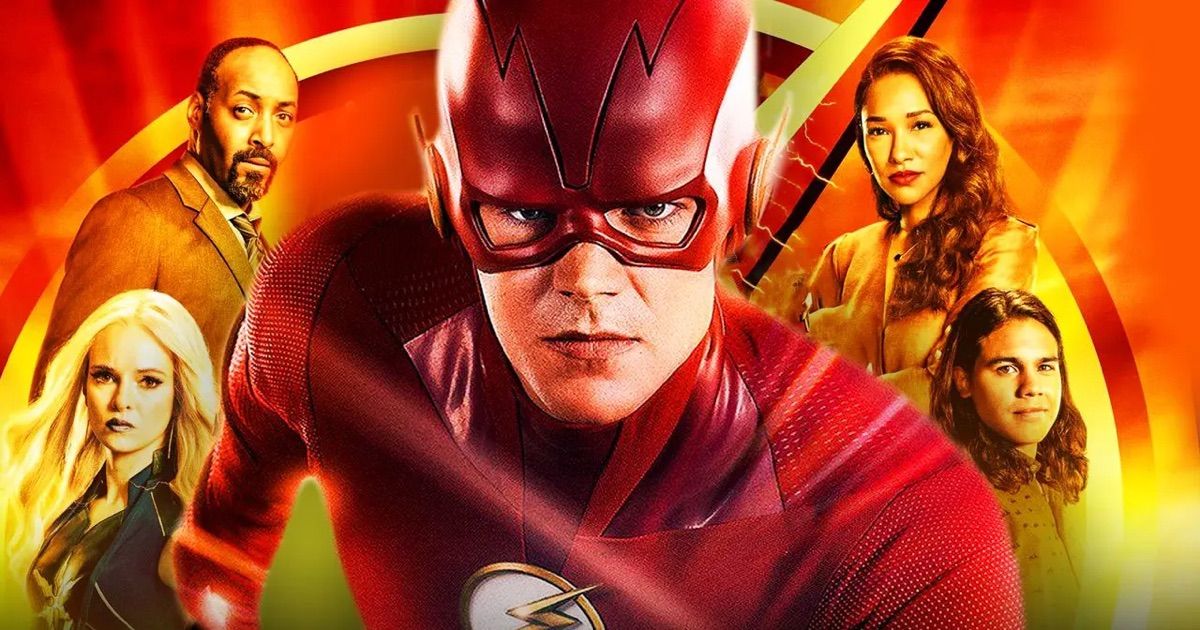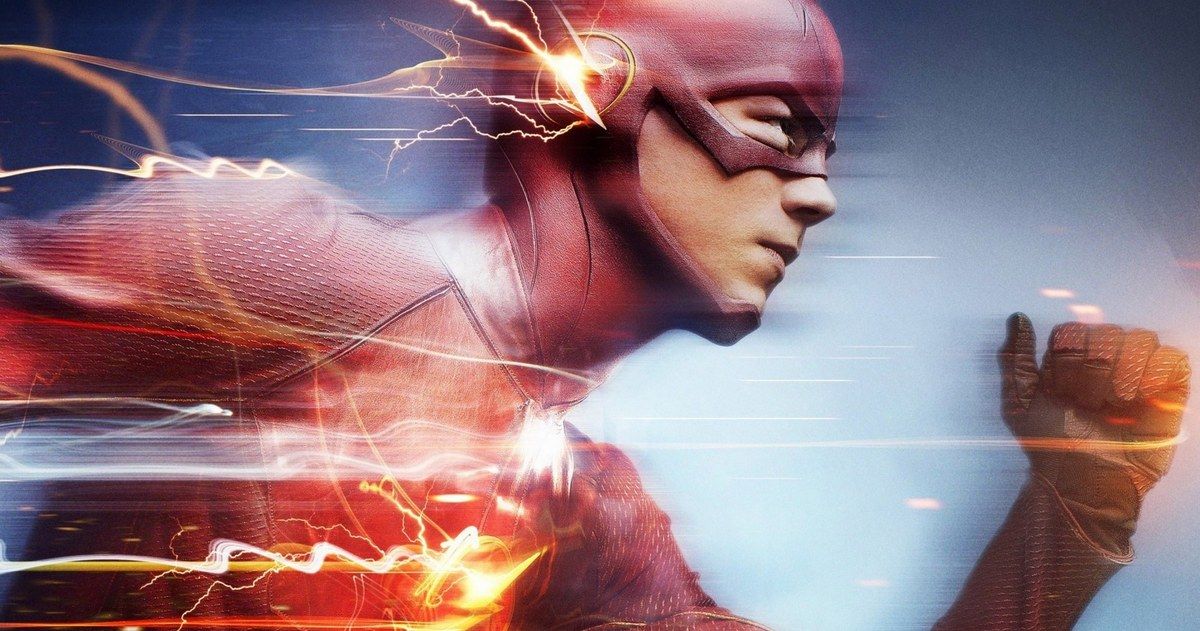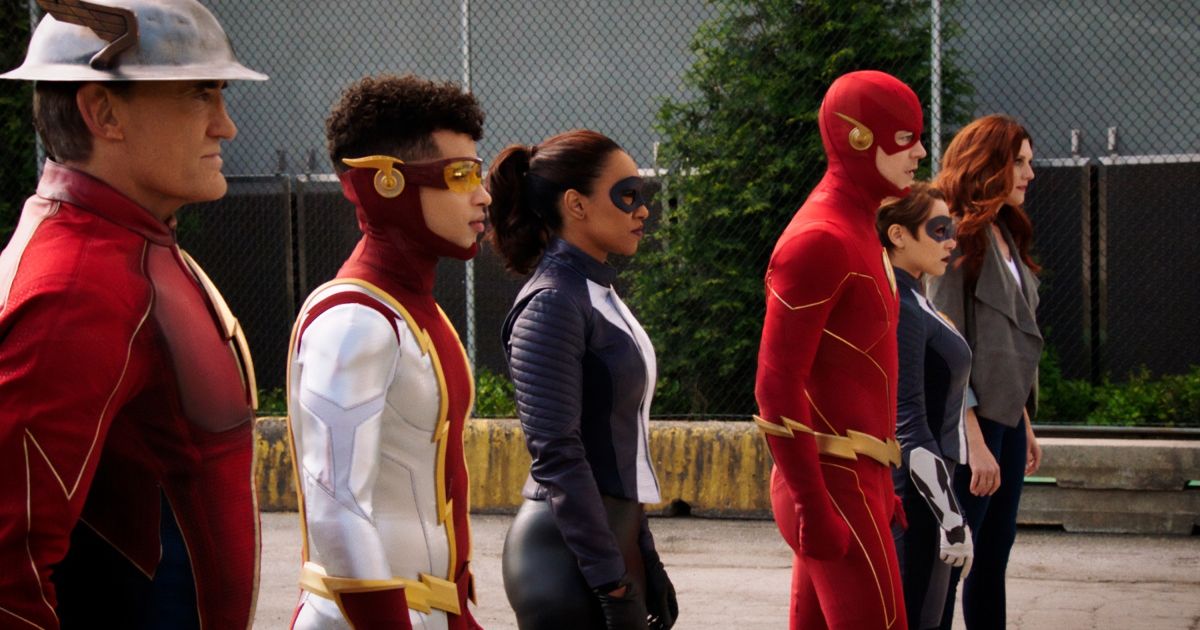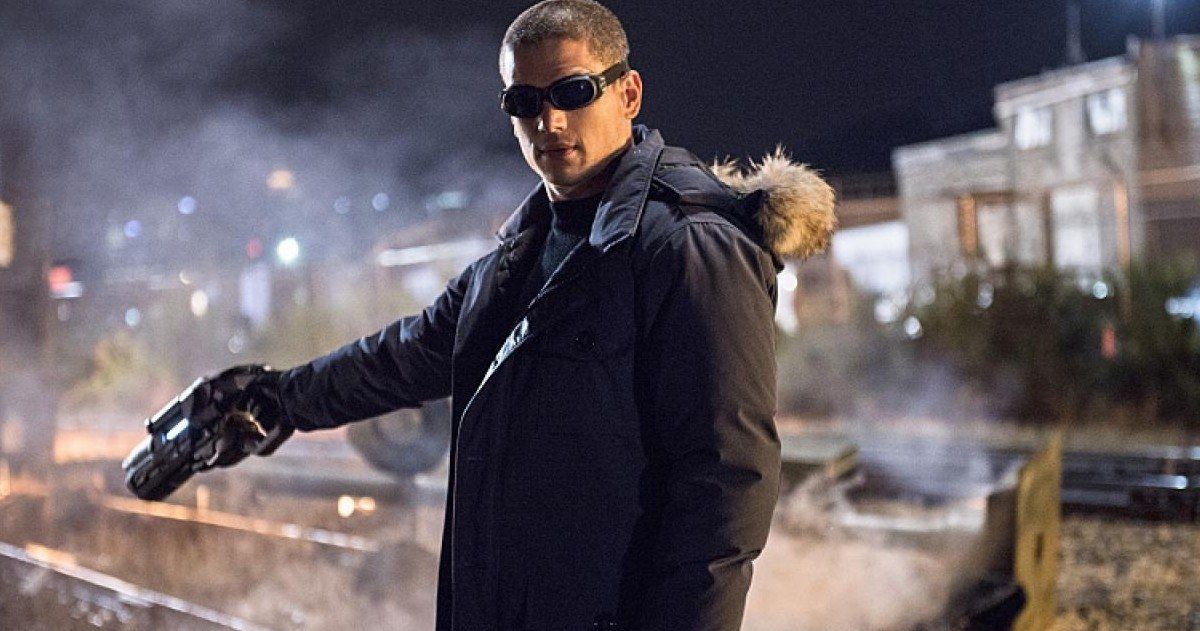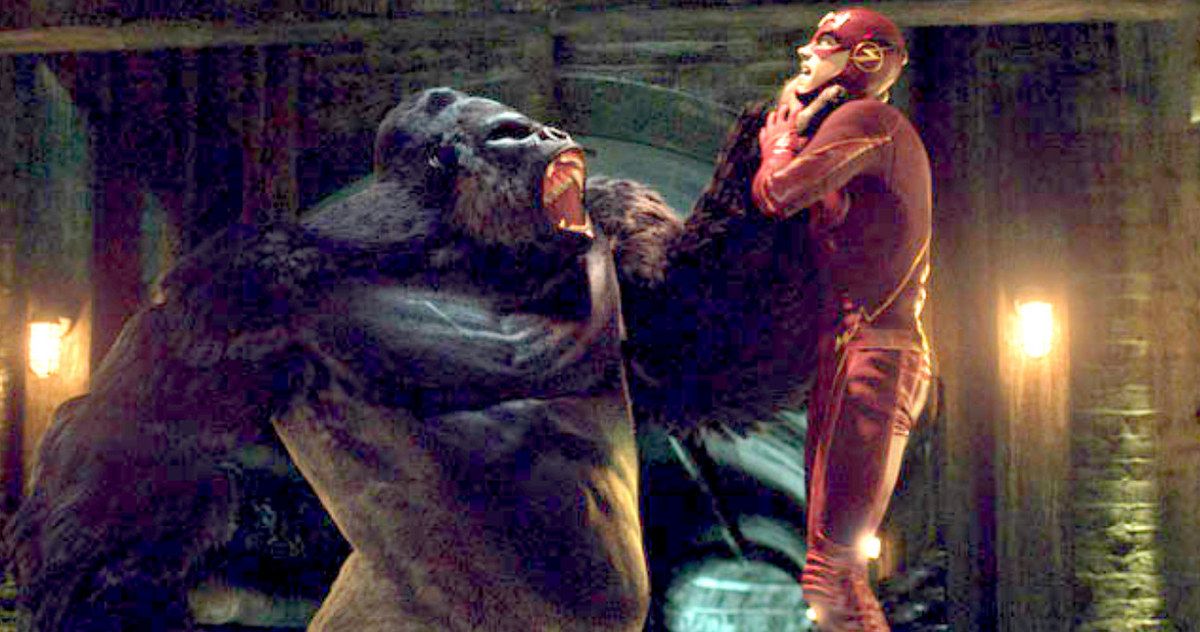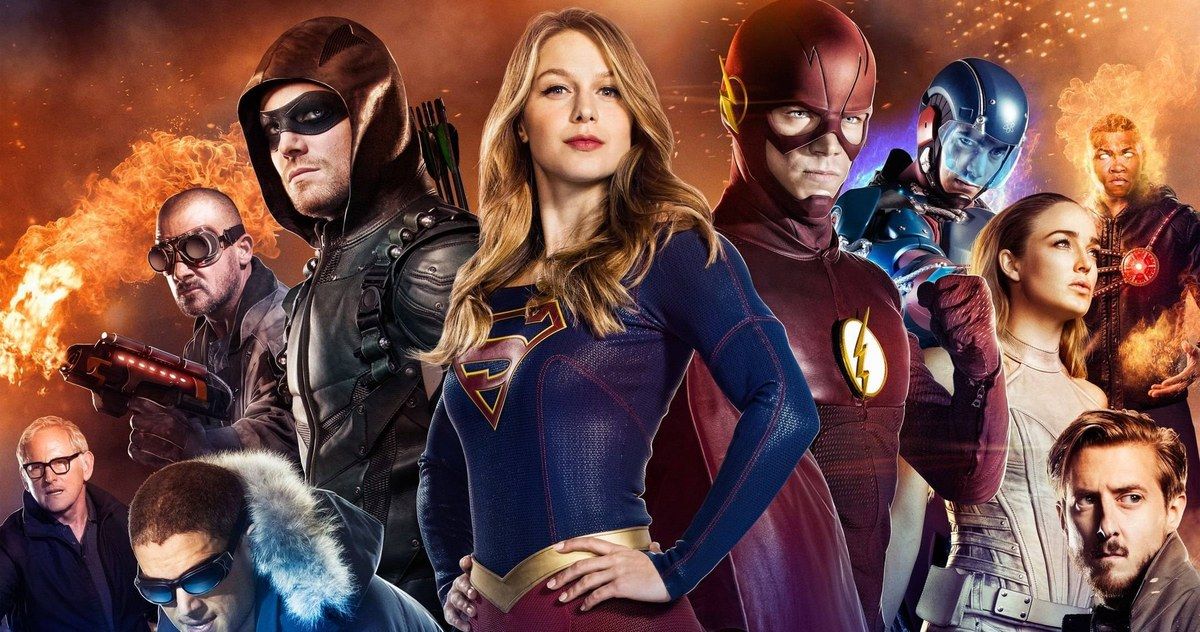When The Flash premiered on The CW in 2014, nobody could have expected how big of a series it would become. While The Flash was a popular DC superhero, adapting the character had always been difficult as the previous television series in the 1990s lasted one season, and the feature film starring Ezra Miller was announced the week before the CW series premiered and is just now barely getting a release. The CW's The Flash, meanwhile, has been running for nine seasons and has been one of the biggest hits on the network.
The Flash's upcoming season nine will be its final season, marking an end for not only the popular series but also bringing a close to the Arrowverse that began with Arrow in 2012. The series made the character more popular than he has ever been and exposed him to a much wider audience. Thanks to The Flash series, audiences now know more about the comics' mythology and supporting characters, as well as Superman and Batman. The Flash might be the best adaptation of the character, setting a standard that every other version may be held up to for the foreseeable future. Here is how The CW made the definitive take on The Flash.
The Episodic Nature of Television Mimics The Flash Comics
Superhero television has become incredibly popular in recent years. However, most of the biggest ones like the Marvel Studios series on Disney+ or the DC shows on HBO Max, tend to follow a streaming series structure, telling one giant story that at times feels like long movies. On the other hand, because The Flash is on a broadcast network, it feels more like a classic episodic television series. This is partly why the series feels like the single-issue works of comic books.
The Flash does feature season-long story arcs, but the primary A and B plots of the episodes are standalone and contained to their episodes. This is similar to a comic book where The Flash has an issue that needs to be resolved and is by the end of the issue. Just like a comic book, there are long-term villains and story arcs seeded throughout that pay off later in the series. While some may think the 22-episode seasons of The Flash leads to some filler episodes, those filler episodes are in keeping with the tone and spirit of the medium in which character was created.
The Flash Has Fully Fleshed Out Supporting Characters
One major element of The Flash's success has been the rich supporting cast of characters. Audiences have gotten to see Barry Allen and Iris West go from best friends to a married couple, and unlike most series where much of the excitement is lost when the couple gets together, The Flash has embraced its heroes' status as a married couple to great dramatic effect.
Joe West has been a great supportive figure throughout the series, and audiences have gotten to see Cisco Ramone and Caitlin Snow transform from supporting characters to their comic book alter egos Vibe and Killer Frost respectively. With appearances from other CW heroes and a whole host of members of The Flash family from Jay Garrick, Waly West, Bart Allen, Nora West-Allen and more the world of Central City on the CW feels like a richly defined world with its own unique history.
The Flash Has The Rogues
The Flash's villains are some of the best in comics and are known as the Rogues. The series featured a number of members of the Rouges as recurring villains throughout the series, showing them operating solo but also occasionally teaming up. Weather Wizard, Mirror Master, Captain Boomerang, The Top, Trickster, Golden Glider, and Pied Piper all made appearances.
The series also redefined Captain Cold and Heatwave into becoming more complex characters that spun off into Legends of Tomorrow. The series used Gorilla Grood as a recurring antagonist throughout the series. Most notable is the use of iconic Flash villains like The Reverse-Flash and Zoom as major recurring antagonists, and have helped redefine these villains in subsequent adaptations.
Embraces but Updates the Sillier Aspects of the Comics
Barry Allen's The Flash was created in October 1954, and his debut tends to be considered the kick-off to the Silver Age of Comics, which tends to be identified with an emphasis on pulp science fiction very much informed by the space race of the 1950s and 60s. There is an inherent optimism in these comics, and comic book writers and artists created some incredible and also out-there ideas. There were some silly ideas thought up during this period, and the era was instrumental to the DNA of the DC Universe.
While DC movies at the time like Nolan's Dark Knight trilogy or Zack Snyder's Man of Steel and Justice League tended to shy away from this part of DC's identity instead opting for a grittier more grounded aesthetic informed by 80s comics like The Dark Knight Returns and Watchmen, The Flash fully embraced the absurd elements of the Flash mythology.
The series has featured multiple villains that seemed unadaptable, like Rainbow Rider and The Fiddler, and kept the essence of the characters while giving them a proper 21st-century update. The series has featured a musical crossover with Supergirl, an episode set in an alternate reality called Gorilla City, and featured personifications of the Speed Force and made each blend together in a unified whole that feels like the most comics-accurate adaptation of The Flash.
The CW Was the Ideal Home for The Flash
Networks tend to have identities or series associated with them. Most people remember the iconic tagline for the USA Network "Characters Welcome" or how NBC was known for unique quirky comedies like The Office, Parks and Recreations, My Name is Earl, and Community. The CW has often been a network identified for its aim at teenage viewers and series that appeal to those audiences. The CW series are often criticized for being too melodramatic, yet it is that very reason which might be why The Flash and the wider Arrowverse are successful.
While audiences are certainly tuning in for the fun action and villain plots, it is the character interactions that keep audiences coming back. The characters' interpersonal dramas and relationships helped keep audiences coming back to the comics, and it did so on television. Seeing The Flash go up against Captain Cold is fun, but the really fun dynamic is seeing how Barry Allen bounces off of a complex villain like Leonard Snart.
Ultimately, Barry Allen and Iris West's relationship is the backbone of the entire series and is in keeping with the comics. The characters' lives outside the costumes are just as important and a network whose target audience is interested in various character conflicts made it the ideal perfect blend. The Flash tapped into something that made Sam Raimi's Spider-Man a hit in 2002 — trying to appeal to a wide audience by giving them not just big action but also big emotions. The Flash was a hit with comic book fans but also audiences who never picked up a comic book, and much of that success can be attributed to embracing the CW network tone and aesthetic.

